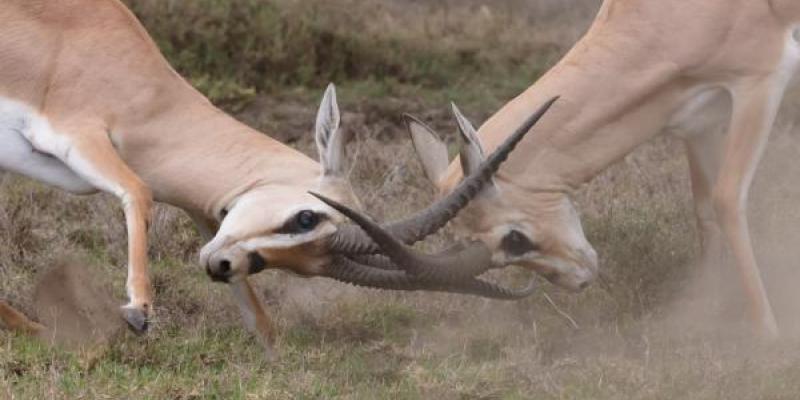Blog

Conflict – “A Gift?”
Have you ever stopped to ponder the question, “how in the world did we get to this point?” Especially when you also consider the adage “making a mountain out of a molehill”. The things that should be easy and cause less tension and stress for us, are those which can wear us down. The simple term that we associate with these moments of unrest, uneasiness, and even an argumentative state is…conflict.
Conflict abounds. And, honestly, does it seem to be in our midst more and more? If you recall a previous newsletter, we shared the idea of “wedges” – things in our midst these days that cause us to be separated versus connected. That causes us to be different versus similar. That causes us to be in combative and confrontational mindsets. Conflict.
In this newsletter, we will look at three elements regarding conflict:
- Why does it exist and how can we become more self-aware of our personal preferences in approaching conflict.
- What can we do to work more effectively with others, especially those who share a differing opinion.
- How to challenge our own thinking to welcome or expect conflict as an ally and as a benefit.
One of my favorite tools to use in the development of self-awareness is the Thomas Kilmann Conflict Mode Instrument. This instrument was created by Kenneth Thomas and Thomas Killman and was first published in 1974. At the root of the methodology is a very simple assessment to determine, define and cement the preferred mode of conflict each of us individually are created with. How we are wired in conflict and our natural way of approaching it. There are five modes: collaborating, competing, compromising, avoiding, and accommodating.
No mode is the preferred mode. No mode is better than the others. They all have their high sides, and they all have their shadows. Managing and even leading others during conflict starts with having a great sense of self. A clear understanding of how we individually and very uniquely approach conflict.
The second critical and beneficial portion of the instrument is a very simple “gauge”. A chance to build from the extremely valuable experiences we have with others to gauge how they will be in conflict. To think about it and to be prepared when a conflict may arise. To be ready. The gauge is a very simple one in which you can determine two elements. The first is assertiveness. The author describes assertiveness as “the extent to which an individual attempts to satisfy his or her own concerns”. The second is cooperativeness, which is defined as “the extent to which the individual attempts to satisfy the other person's concerns”. The gauge is then structured with assertive or unassertive awareness and uncooperative or cooperative awareness. Based upon these two gauges, and valuing the experiences we have with others, we should be able to know it in a conflict situation the level of assertiveness and cooperativeness by the other person. This lends to the mode they are most likely to prefer.
With our own self-awareness of mode, coupled with the gauge of the other individual, we then can see where we may be similar and where we may be different. The key is to look at things from the other person's point of view, not our own. What will they be thinking? How will they react? Based upon my experiences, what can I expect.
Stephen Covey’s work with the “7 Habits of Highly Effective People” would call this simply; “seek first to understand, THEN, to be understood.”
So, in a simple yet very effective tool, we have two gifts, the gift of self-awareness and the gift of a simple tool to gauge others in conflict.
The third element we bring to you is one that will stretch your thinking into a welcoming, embracing, and even expecting of conflict. Think about the word “conflicting”. A chance to bring a different vantage point. The opportunity to welcome a new perspective. Even a chance to look at things differently. I recently read this - “Change the way you look at things, and the things you look at change” - and it has stuck with me, and is certainly applicable in welcoming, embracing, and overcoming conflict.
I believe this offers us a gift. An opportunity to possibly look at the true definition of diversity. Diversity of thought. Diversity of approach. Diversity of how we look at things. Tremendous value, but our own blinders, norms, mores, and paradigms get in the way. When was the last time you utilized thinking that was not how you typically look at things?
So, there you have it. In a very simple tool, the Thomas Kilmann Conflict Mode Instrument provides us three things:
- self-awareness
- gauging others
- valuing, welcoming, expecting conflict through conflicting points of view.
Keep it as a “mole hole” not a “Mountain”!
